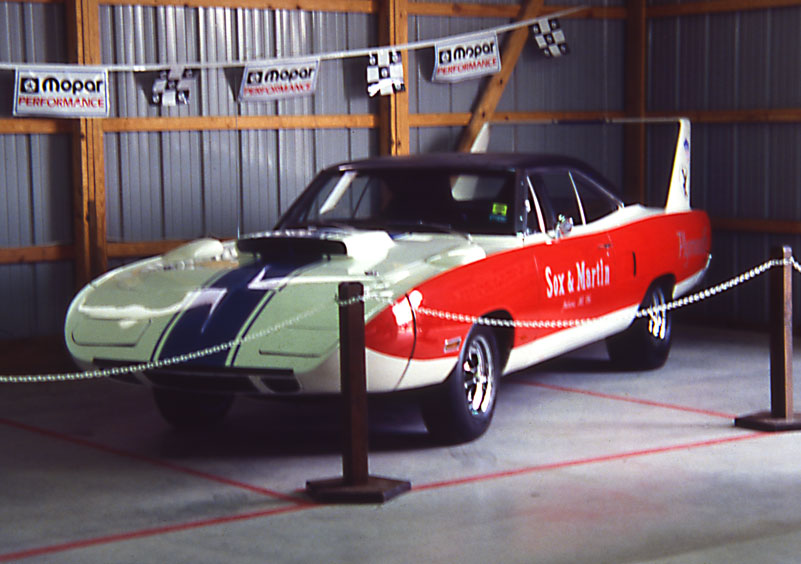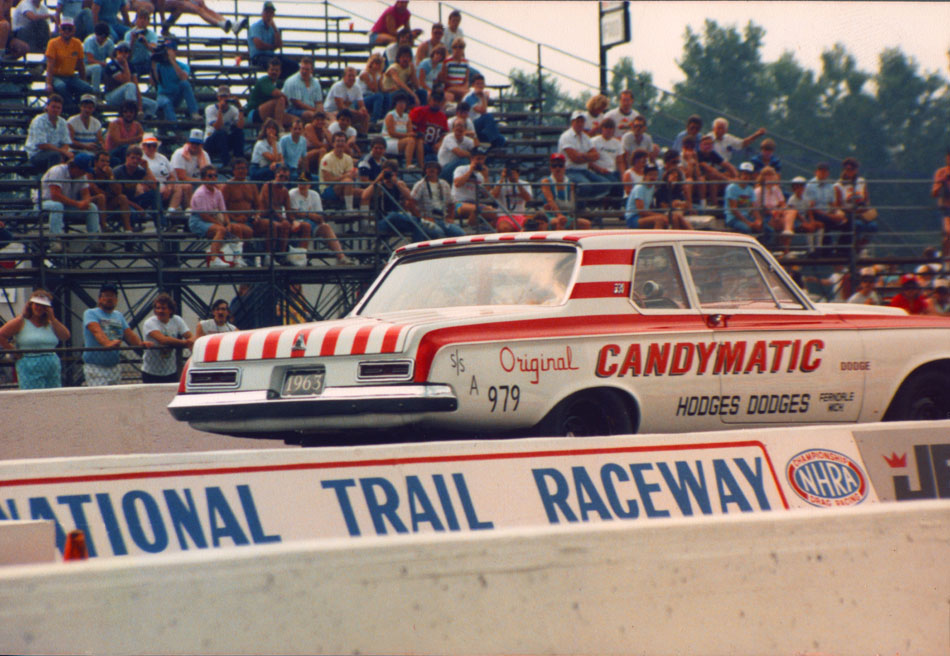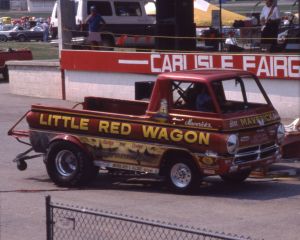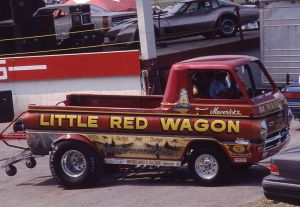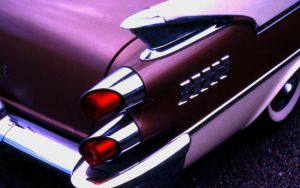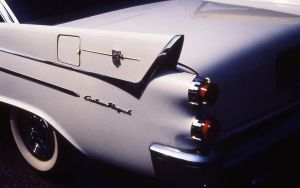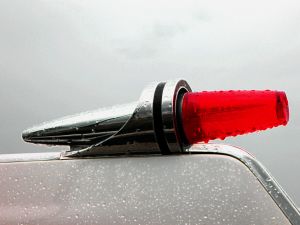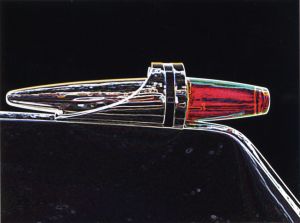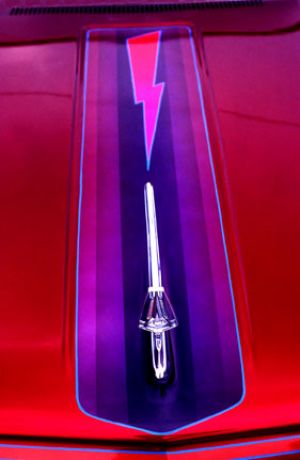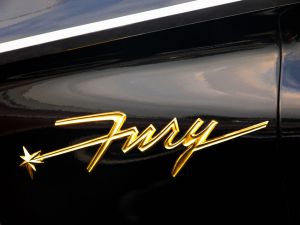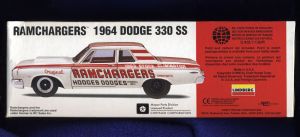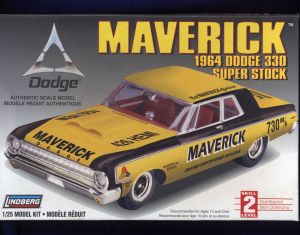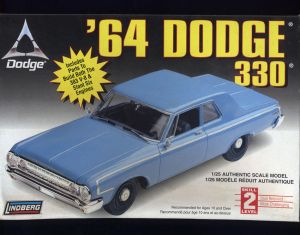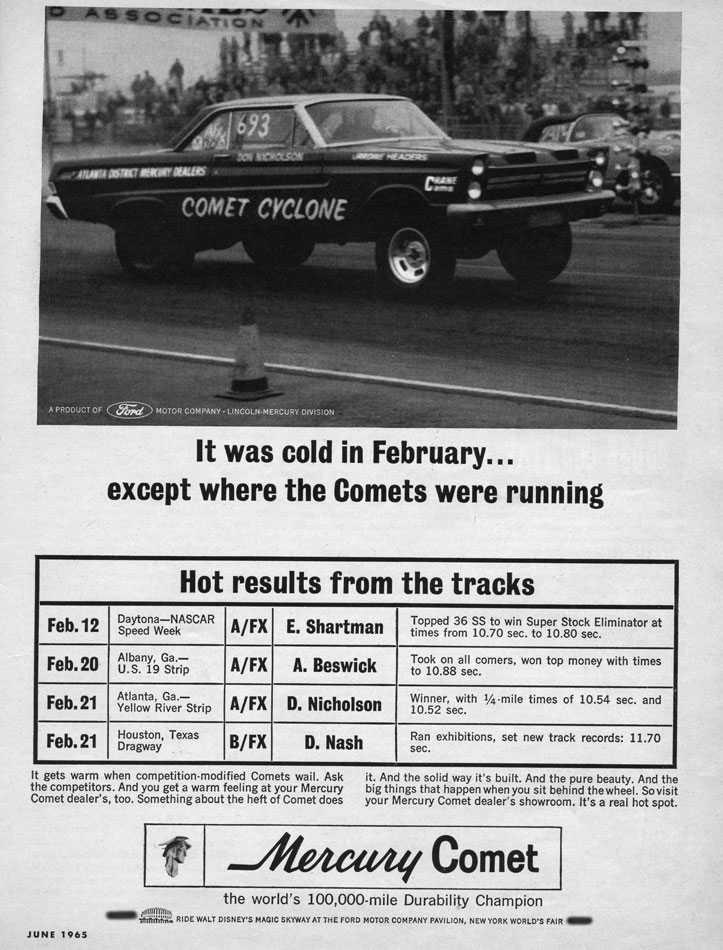.
What made Super Stock Drag Racing So Super?
Part 2
Once again that need for speed stretched the Drag Racing rulebook completely out of shape. So there was nothing to do but start another class – Factory Experimental or FX. This one would change the entire sport of Drag Racing.
With General Motors on the sidelines, it was up to Mopar and Ford to provide the excitement to the Stock Classes. Not to worry, they were ready and more then up to it. So now the racers decided to push the envelope of these factory experimental class. Mopar race driver Jim Thornton “In our ’64 Dodge FX car we moved the front wheels forward 4 inches and rear wheels forward 4 inches. For ’65 we decided we go up just a little more radical, so we move the front wheels up 10 inches and the rear wheels forward 15 inches. There were certain teams around the country that we’re going to have altered wheelbase cars, Ford and Mercury were doing it too.” And, of course, the elephant in the room, the Hemi engine was back this year, making Mopar the dominant door slammers. Ford immediately countered with the real ringer and a humdinger of a single overhead cam engine, aka the Sox Motor, or just the “Cammer”. It was never going to be an assembly line power plant, but it worked pretty well on drag strips.
Ford and Mercury would build several “Cammer” Falcons, Comets, and Mustangs for the 1965 season, but not for Sox and Martin. Martin “When we read the contract we had agreed verbally that it was going to be two personal cars, one for Ronnie and one for myself. Well, the contract read one personal car. And of course I told him there might be times when Ronnie and I might want to go somewhere different. Ronnie and I talked about it and thought there needs to be two cars or we just can’t do this.” Ford responded they couldn’t sponsor two cars, they could only do one. When Mercury refused to pony up another $2,500 courtesy car for Sox, Ford said goodbye to the most popular team in drag racing. And without knowing it, created a legend. Martin “I picked the phone up and called Dale Reca, a Chrysler guy, and told him we would be interested in running Mopar and he said give me two hours and I’ll call you back and give you an answer. And he called back in two hours, and said get on a plane and come to Detroit! That’s how it started with Mopar.” When this deal went down those famous red white and blue colors switched to Plymouth racers and Sox and Martin became drag racings’ A-Team.
All throughout the radical ’65 and ’66 season, the FX cars continued to blow peoples’ minds from Englishtown, New Jersey to Pomona, California.
There’s more to come. Like what you see and want more? Click here for my posts What Made Super Stock Drag Racing So Super? — Part 1 & Part 3. Enjoy!
– HKK Productions
.
.
.
.
.
.
.
.
.
.
.
.
Image of The Sox & Martin 1970 Superbird
Copyrighted 2015 by HKK Productions Inc
.
Image of The Ramchargers 1963 Dodge 330 Candymatic
Copyrighted 2015 by HKK Productions Inc
.

